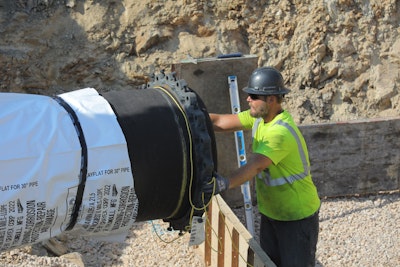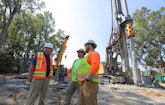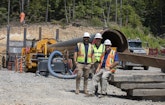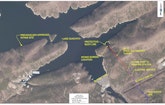A $155 million project that will provide the city of Hot Springs, Arkansas, with an additional water source by the end of 2025 features about 30 miles of pipeline — including a section that passes through almost a half-mile-long microtunnel bored through nearby Blakely...
Pipeline Brings Water Through a Mountain
Arkansas pipeline project features the longest tunnel bore of its kind in North America
Popular Stories
Discussion
Comments on this site are submitted by users and are not endorsed by nor do they reflect the views or opinions of COLE Publishing, Inc. Comments are moderated before being posted.











